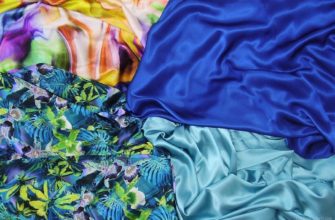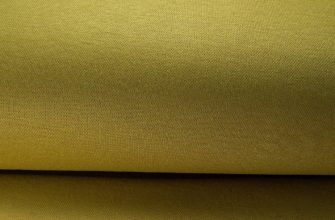Artificial leather (originally could be called - "devil's skin", now - "leatherette") is a polymer material, an analogue created by applying a polymer coating to a fabric base. Unlike natural leather, it can have a whole set of necessary properties. It is used to make shoes, clothes, balls, furniture upholstery, car interiors, textiles, haberdashery and other products.
- What is artificial leather made of and types
- Rubber
- Polyurethane
- Microfiber
- Tactile properties: distinguishing the type of leatherette by touch
- Differences between leatherette and genuine leather
- Advantages of artificial leather for upholstery of doors and furniture
- The tag: will it tell you everything about the purchase?
- Reviews
What is artificial leather made of and types
There are many technologies for producing leather fabric. The most common are:
- Direct method - applying a polymer coating to a textile base (smooth synthetic leather - leatherette or synthetics).
- The calender method is the application of a textured pattern made of polymer onto a base (allows you to imitate any material).
- Transfer method - a layer of polymer is applied to a paper base with a relief pattern, then a fabric backing, then the paper is removed, and the layers are bonded together during drying.
- Lamination is the gluing of artificial material with a certain texture, such as wood, onto a fabric or paper base.
- Lamination is the coating of textile material with a synthetic film that completely repels water.

The basis of artificial leather can be fabric or non-woven materials.
Types of leatherette or artificial leather fabric:
- polyurethane PU;
- microfiber;
- PVC on fabric base;
- eco leather;
- rubber;
- polyacetate PA.
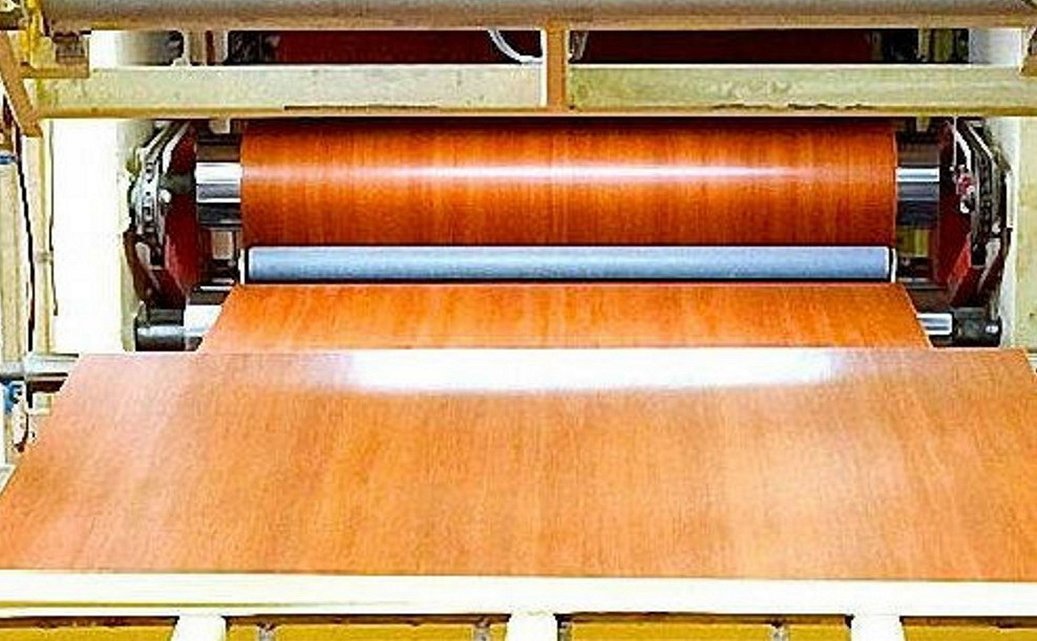
Rubber
Rubber, obtained from the juice of the Hevea tree, was the first to be used for the production of synthetic leather. For this, the shoe material was impregnated with a rubber compound, as a result of which it did not let water through. Now rubber is used to make individual elements of shoes, artificial leather made of rubber is used in cars for covering dashboards, etc.
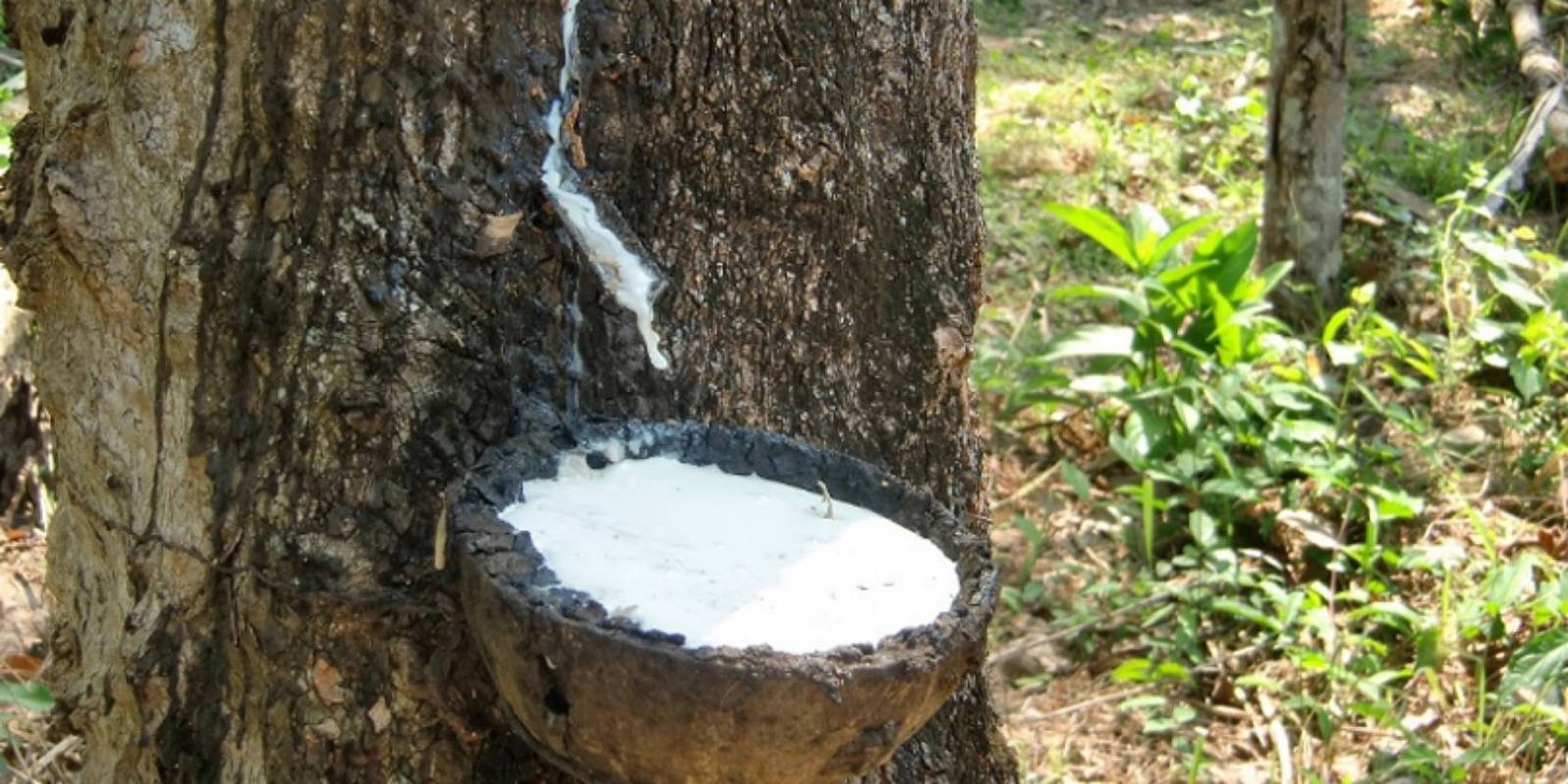
Polyurethane
It is made by coating the cotton base with a layer of high-quality polyurethane. Polyurethane gives the leather substitute softness, hygiene, high strength, and at the same time water-repellent and breathable properties. It can have different colors and textures.
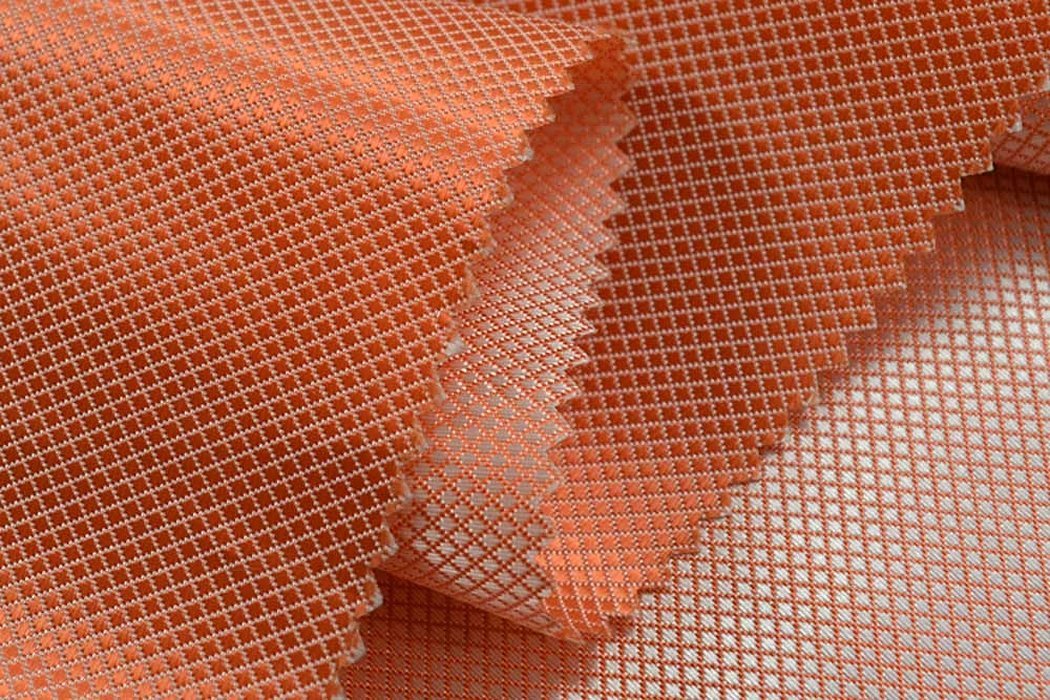
Microfiber
The basis of microfiber is a fabric made of ultra-fine fibers called microfiber, made of polyamide, polyester, etc. The fabric is treated with Teflon on top and acquires water- and dirt-repellent properties.
Untreated microfiber is able to absorb a large amount of moisture, is resistant to wear, so it is widely used as a rag for washing cars, household appliances, etc. When microfiber gets dirty, it is enough to rinse and wring it out, it becomes clean.
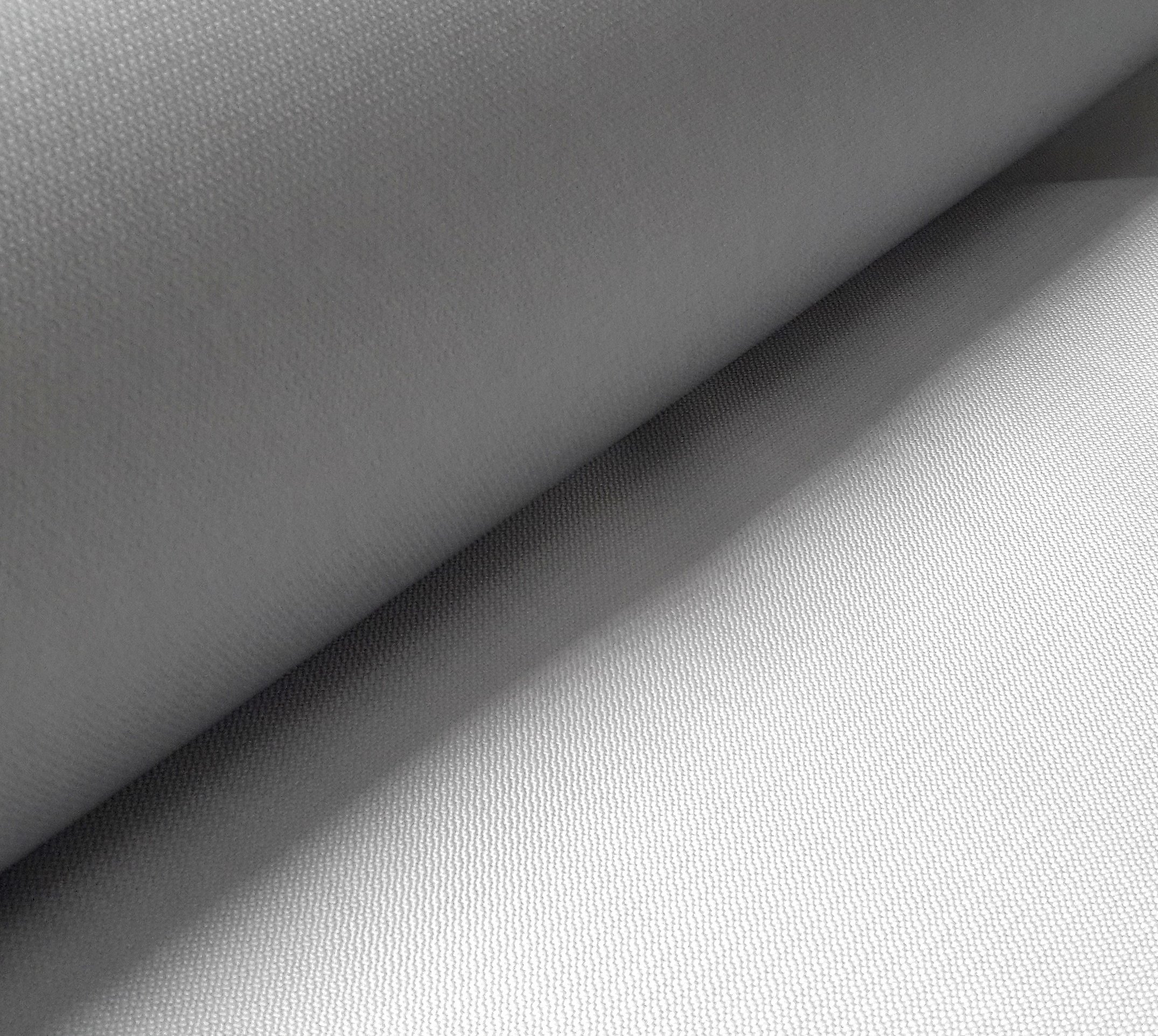
Important! Most types of leatherette (including polyurethane PU and microfiber) cannot be dry cleaned, washed, twisted, etc.
Tactile properties: distinguishing the type of leatherette by touch
The types of artificial leather have a big difference in feel. So, rubber leather substitute is hard to the touch, tarpaulin is hard and rigid. Polyurethane PU is soft, light, and PVC is heavier, it feels like artificial leather is, in fact, flexible plastic glued to a fabric base. Microfiber is very soft, similar to the touch of natural fabric, very light.
They also differ greatly in texture and other characteristics. For example, leatherette is smooth but cold to the touch, while microfiber is similar in texture to regular fabric, warm, etc.
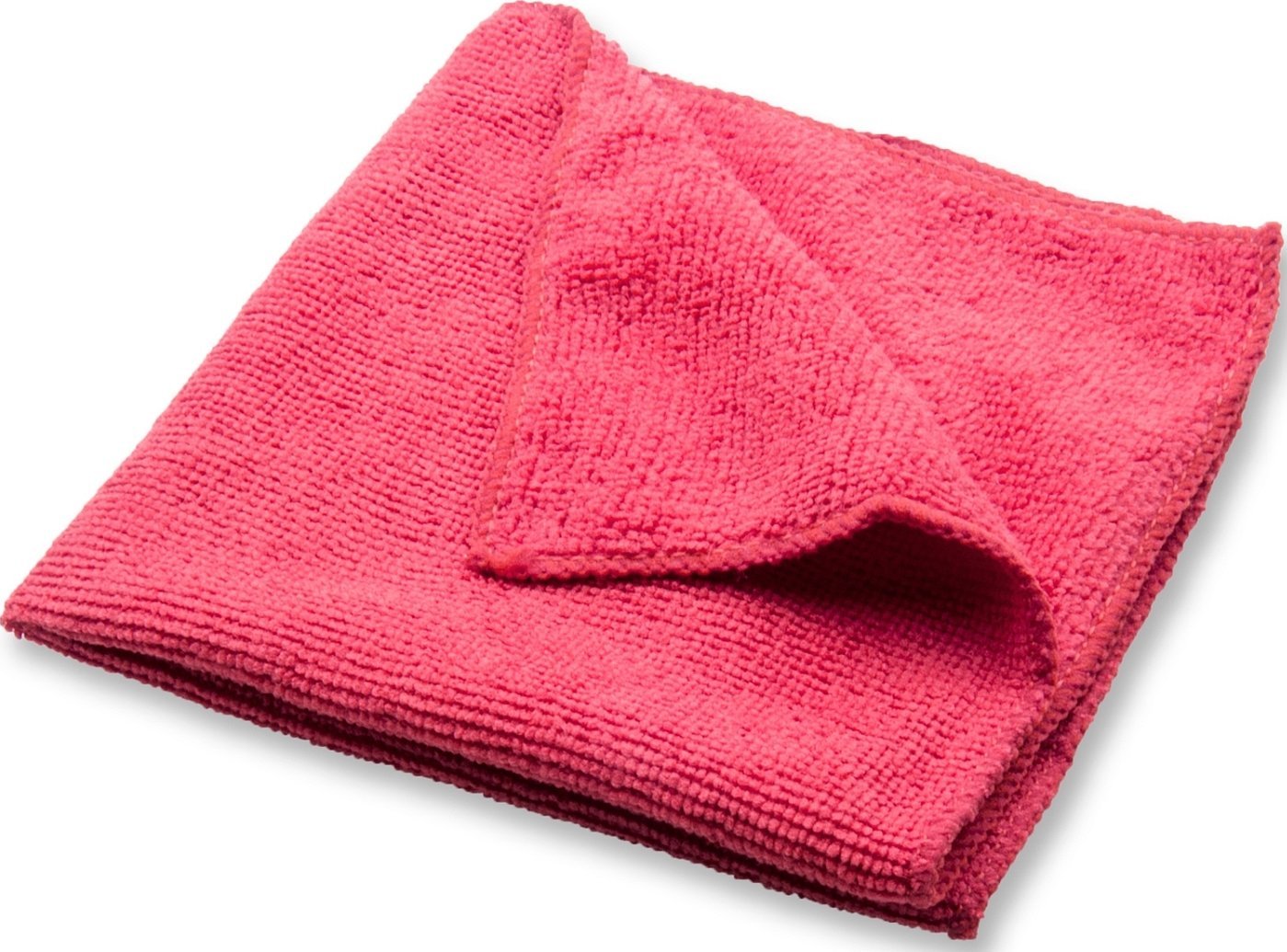
Differences between leatherette and genuine leather
The differences between leatherette and genuine leather are visible to the naked eye. For example, when a drop of water hits leatherette, the water runs off (except for microfiber), but is absorbed into leather. When leather burns, it emits a natural burning smell, while leatherette emits a chemical smell.
Other differences of artificial leather:
- has increased wear resistance, elastic;
- cold to the touch, when you apply your hand to it, the palm sweats;
- always looks thinner than genuine leather;
- some species have a chemical smell;
- from the inside, the base material is often (not always) visible - textile or non-woven material;
- the base fibers are visible on the cut;
- When heated, most fabrics begin to melt, and natural leather simply catches fire after a while.
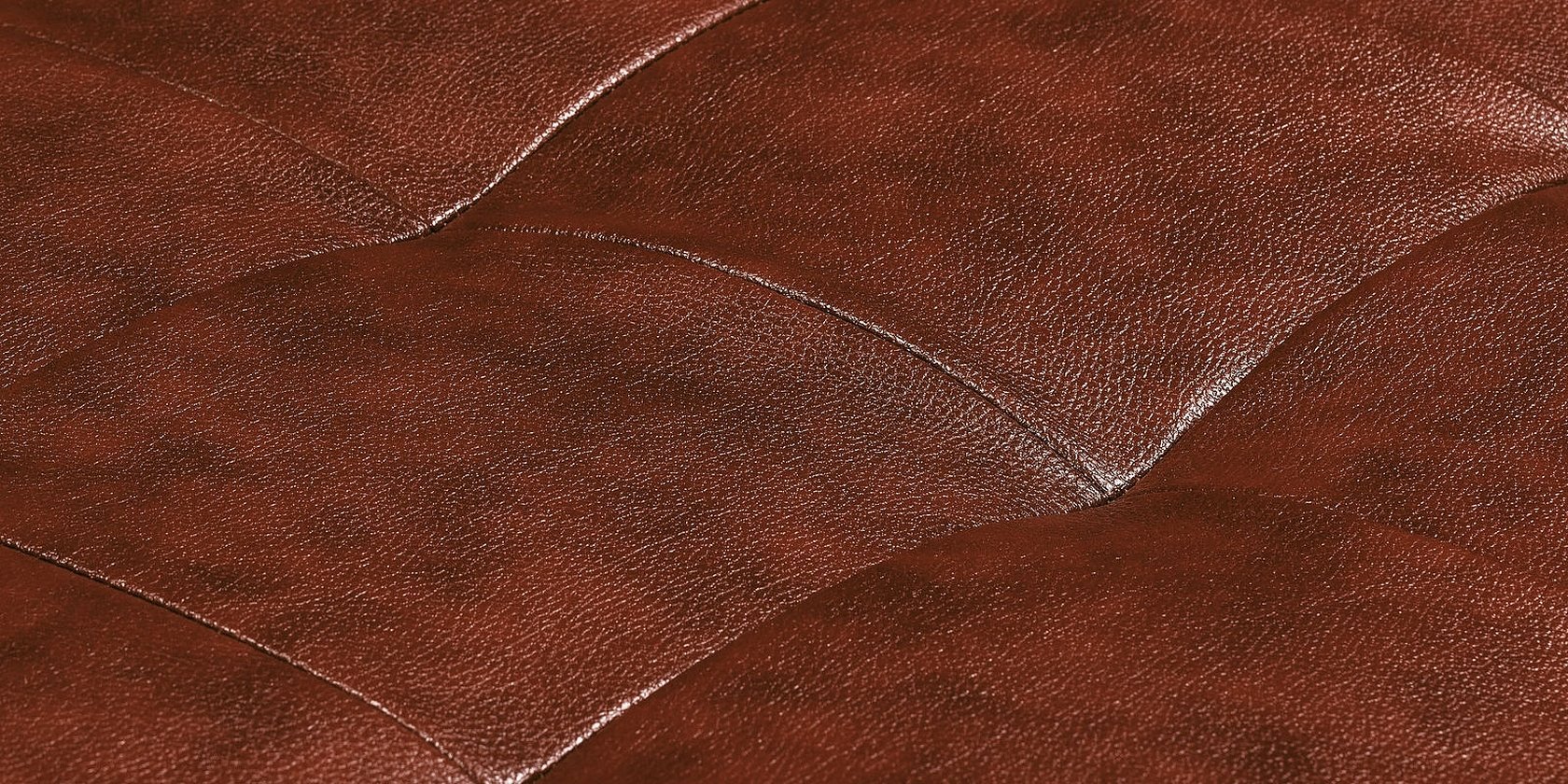
Please note! It is impossible to check most of these signs in the store. No one will allow you to burn, cut, or turn the product inside out. Therefore, you need to pay attention to the GOST and other information indicated on the product label.
Advantages of artificial leather for upholstery of doors and furniture
Natural leather is practically not used for upholstery of furniture and doors now; it has been completely replaced by artificial leather, the main advantage of which is that it is not afraid of any pests, such as moths, etc.
The door, upholstered with modern leather fabrics, looks solid and beautiful. Even the thesis that leatherette is outdated is now untenable, since there are several new types produced according to new GOSTs, in which the previous shortcomings are reduced to nothing.
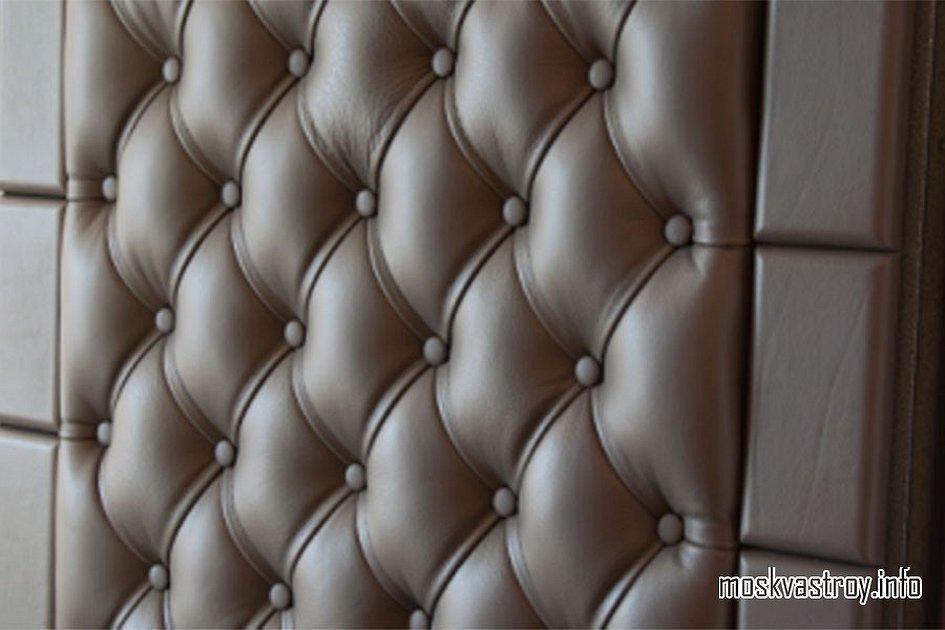
In addition to leatherette, there are many new modern materials with different properties. So, the advantages of synthetic leather:
- has good heat and sound insulation;
- resistant to temperature changes;
- moisture resistant, does not get wet or stretch;
- you can match the color and texture to the door and walls;
- easy to care for, low cost.
Furniture covered with leather is practically no different from models made of genuine leather, but has a number of advantages:
- a variety of colors and patterns;
- resistant to wear and tear, has high plasticity;
- several times cheaper than genuine leather;
- moisture resistant, does not rot, does not get dirty;
- does not emit harmful emissions, is hygroscopic;
- you can choose the color and texture;
- does not require careful maintenance like genuine leather.
The tag: will it tell you everything about the purchase?
The product label will not tell an unprepared buyer anything, so you can only rely on the consultant. In this case, there is a risk that the consultant will "palm off" the product that he is supposed to sell, but it is not suitable. In order to make an informed choice of a product, you need to have at least a minimum of knowledge about the information contained in the label, then you can get enough information. What do you need to know?
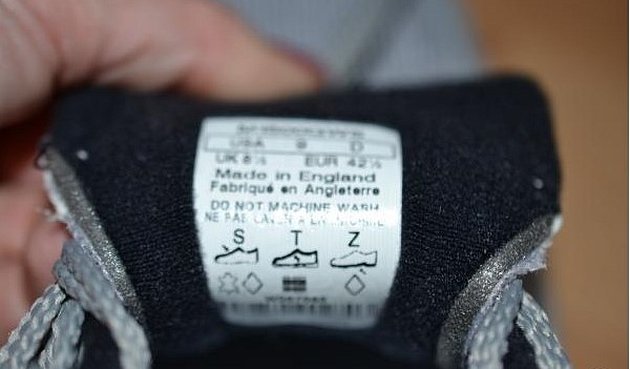
- Check GOST. It is necessary to clarify the technology and type of leatherette. For example, GOST 24220-80 defines the features of furniture fabric, and additional marking with the "H" sign means that the furniture fabric is of improved quality.
- A very important indicator is OKPD, that is, the all-Russian classifier of products by type. For example, OKPD 36.11.11.360 - soft (upholstered) seating furniture. OKPD indicates the area of application of a specific leatherette.
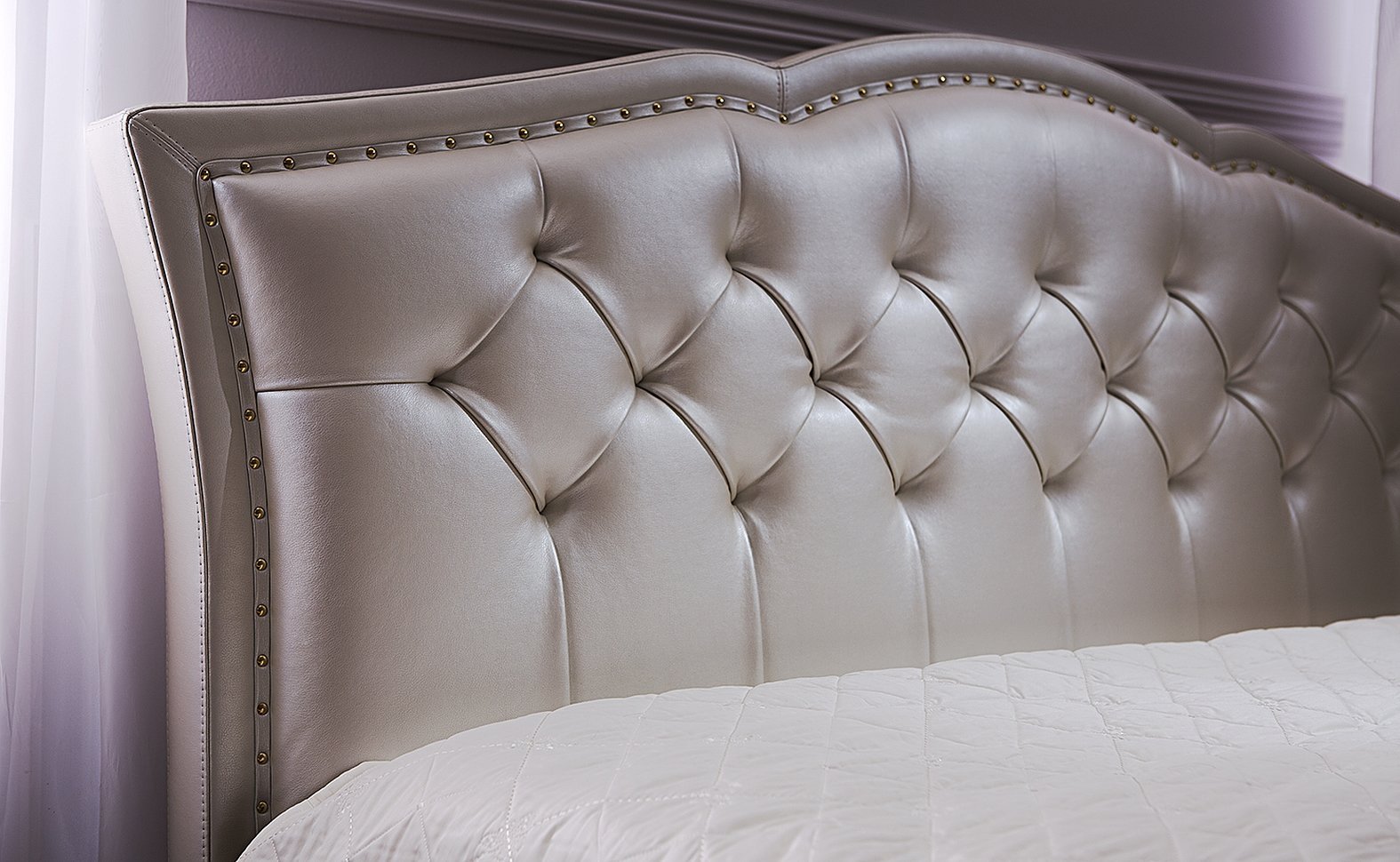
Reviews
Andrey Nikolaev, 25, Rostov-on-Don: “We live in a private house that we inherited from our parents. The front door was old and didn’t retain heat well. I bought a door upholstery kit at a furniture store, which included leatherette, insulation, and furniture nails, and I upholstered the door myself, fortunately, it’s not difficult. The door was simply transformed, it looked like new, and at the same time it stopped letting in the cold. The repairs were much cheaper than a new door.”
Georgy Volgin, 35, Magnitogorsk: "I decided to update the furniture, chose PU leatherette for the upholstery. This material is very durable, beautiful, and pleasant to the touch. After the upholstery, the furniture became like new, and at the same time, the price was very reasonable. I am very pleased with the result, the price-quality ratio is excellent."

So, synthetic leather, what is it? It is a material invented to improve specific consumer properties of fabric, as well as to make products cheaper, replacing expensive natural material. This material has now almost replaced natural eco-leather, replacing it with a durable and much cheaper artificial material - synthetic.


